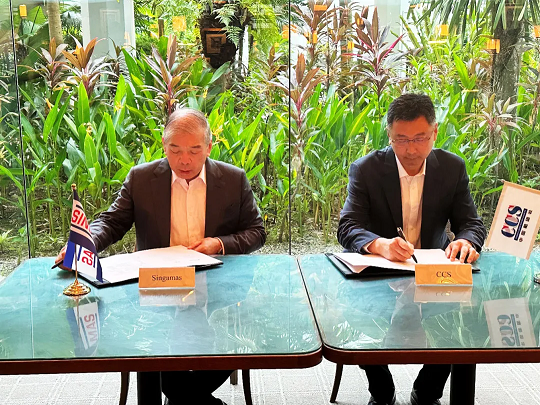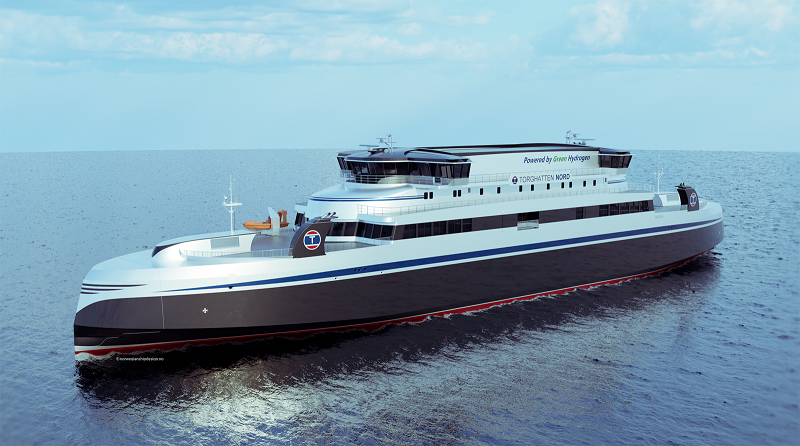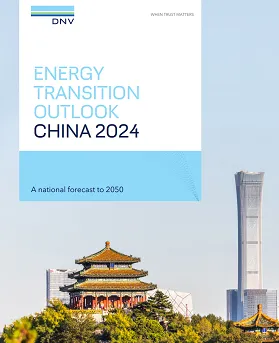Persistent missile attacks by Houthi on ships plying the Red Sea route have led to soaring emissions liabilities for shipping companies under the EU ETS as lengthy voyage diversions for Europe-bound vessels have multiplied fuel consumption, according to OceanScore.
An increasing number of commercial ships have been taking the alternative route to Europe via the Cape of Good Hope - adding around 9000 nautical miles, or 80%, to the distance sailed - to avoid the Houthi threat as over 50 vessels passing through the Bab-el-Mandeb strait have so far been targeted by the Iran-backed militant group despite protective measures by a broad multi-national coalition.
The latest figures from Clarksons Research show that container ship transits via the Gulf of Aden to the Mediterranean have dropped 91% from the first half of December as around 620 vessels have been diverted, while bunker and crude tanker transits are down 37% and 31%, respectively. Conversely, Cape of Good Hope tonnage arrivals have risen 81% since December.
Higher emissions fuel voyage costs
The consequent disruption to critical trade routes has resulted in spot freight rates increasing by two to three times versus pre-disruption levels while charter rates are up 28% from December, according to Clarksons.
Furthermore, Hamburg-based maritime technology firm OceanScore has calculated the widescale diversion of marine traffic is fuelling the costs of shipping companies due to significantly higher exposure to the EU Emissions Trading System (EU ETS), which imposes liability for 50% of emissions for voyages to and from the EU and 100% for port calls and transits within the bloc.
OceanScore has estimated the route via the Cape has tripled bunker consumption due to the longer distance and an approximate 25% increase in sailing speed from 16 to 20 knots, based on its AIS tracking of mainly container vessels.
“We have observed increased speeds to compensate for at least some of the longer distance – to keep sailing times and the need for additional tonnage to be deployed at acceptable levels – and this has an inevitable impact on fuel consumption and emissions,” OceanScore’s co-Managing Director Albrecht Grell says.


OceanScore co-Managing Director Albrecht Grell. Photo: OceanScore
Rising EUA requirement for boxships
Modelling analysis conducted by the firm, based on the case of a 14,000-TEU container ship, has shown the number of EU Allowances (EUA), or carbon credits, necessary to cover emissions would rise from 1800 per voyage to 5200 per voyage with the current 40% liability requirement under the three-year phase-in of the EU ETS from 1 January 2024, rising to 70% next year and 100% in 2026.
This would translate into a near-threefold increase in EUA costs from €98,000 to €285,000 per voyage this year, based on the current carbon price of around €55 per tonne of CO2, or a hike of €18 per twenty-foot equivalent unit (TEU), according to OceanScore, which is supporting companies with its web-based ETS Manager application for tracking, accounting and allocation of EUAs.
Grell points out that, if the volatile carbon price returns to the level of around €100 that it reached a year ago, these costs would nearly double. “With complete phase in of the EU ETS to 100% of emissions, we would see another 250% increase that would bring the cost mark-up per box to around €80,” he says.
“It goes without saying that changes in sailing speeds, different vessel sizes, utilizations and the overall energy efficiency of the vessel used will all have a significant impact on the above analysis – but the general trend will be the same,” Grell adds.
Uncertain outlook for ocean freight
While €80 per box “sounds like a lot of money”, he underlines that EUA liabilities are still not the major cost driver for current high freight rates that reflect increased bunker expenses and tonne-miles sailed with the Cape route.
“The threat level to Red Sea shipping remains high and it is uncertain how long this situation will persist for ocean freight given the Houthi attacks continue unabated. Shipping companies must therefore prepare and take account of higher emissions liabilities for the foreseeable future,” Grell says.
“Ultimately, however, the issue of EUA and other costs is secondary to ensuring the safety of crews and ships, which of course is the primary consideration and must remain paramount.”
The opinions expressed herein are the author's and not necessarily those of The Xinde Marine News.
Please Contact Us at:







